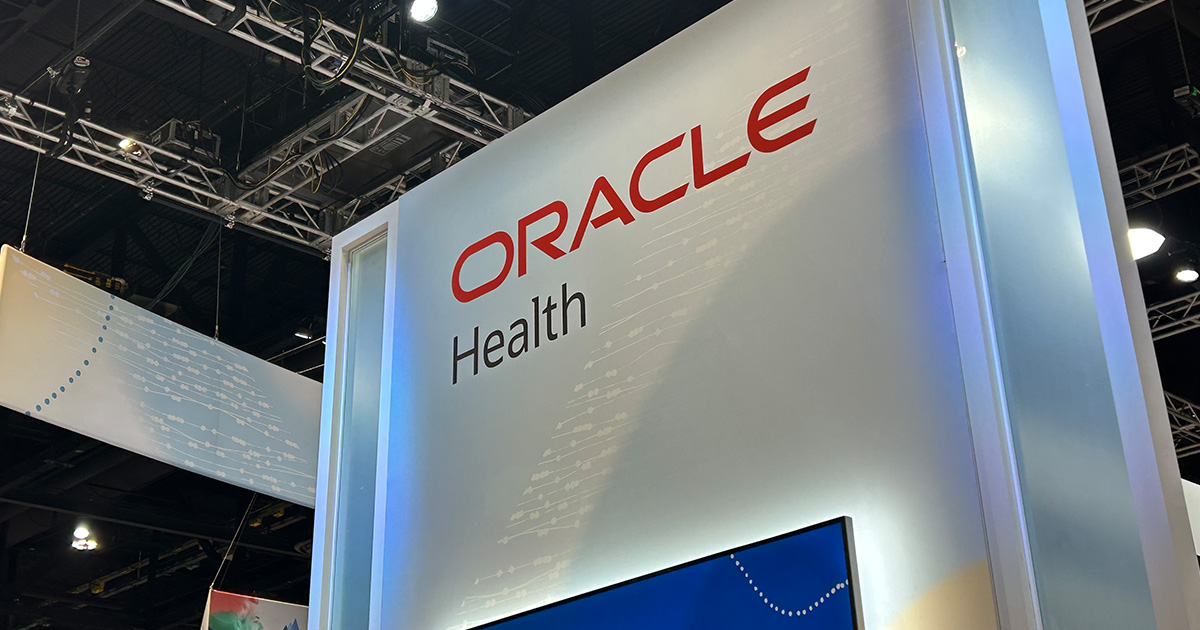Hospital CIOs get in the spirit of Thanksgiving
It's a hard knock life being a CIO in the healthcare sector. Federal regulations like meaningful use and the ICD-10 switchover have shifted IT teams' priorities away from their typical laundry list of normal, day-to-day tasks.
But, as the responsibilities pile up and overtime hours accumulate, this year as Thanksgiving nears, even CIOs have something to be grateful for. And most often, as expressed by them, it's their teams, their fellow colleagues who make the work they do possible, and yes, even worthwhile.
For Susan Heichert, chief information officer at the 11-hospital Allina Health system in Minneapolis, everyone brings something to the table, even those outside the IT department.
"I'm thankful for the talented clinicians and business folks who have brought their expertise to the health IT profession," she said.
Heichert, who has worked in IT for more than 30 years now, also said both the patients and end users deserve a shout out for their willingness to "try new work flows and technology to advance care."
There is, however, one small thing Heichert said would make her even more thankful this holiday season, and that all comes down to a little more time from ONC.
"I would really be thankful if I could have an extra quarter to meet Stage 2 meaningful use," she said.
Heichert and her team have recently finished attesting to year 2 of Stage 1 meaningful use.
Frank Richards, chief information officer at Geisinger Health System, also gave kudos to his team.
"I am once again reminded how grateful I am for the talented and dedicated team of professionals I have the privilege to work with here at Geisinger," he said. "Whether it's mergers and acquisitions, meaningful use, customer support, or the hundreds of other challenges and initiatives the organization has going on throughout the year, the information services management team and their staffs provide world class service at all levels."
Others also echo Richards' sentiments -- that this year, in particular, it's nice knowing there's a network of colleagues and peers who are working right alongside of you through thick and thin.
"With all of the changes that are being mandated; meaningful use, ICD-10, shifts in the quality reporting requirements, lower reimbursements, it is good to know that I can draw on that network to know that I am not alone in this complicated world," said Ralph Johnson, chief information officer of Franklin Community Health Network in Maine.
"Meaningful use Stage 2 is really 15 different projects, not just one," he added, and "ICD-10 is fraught with the responsibility of reimbursement impacts." So a hardworking, talented team really makes all the difference.
For Joel Vengco, chief information officer at the four-hospital Baystate Health in Massachusetts, it's collaboration that really resonates in his mind this year -- collaboration with competitors which helped to create big things for health IT statewide.

"I am thankful for the collaboration that I have witnessed in western Massachusetts to enable the development of the Pioneer Valley Information Exchange as a community utility to deliver a unified patient record and enhance the quality of care we deliver to our region," he said.
The PVIX currently connect to hospitals, clinics, labs and payers across four counties in Western Massachusetts and will eventually hook up to the Massachusetts statewide health information exchange.
Children's Medical Center CIO Pamela Arora is grateful she and her team earned the 2013 Enterprise HIMSS Davies Award. The award recognizes excellence in the realm of health IT, specifically for the use of electronic health records to improve patient outcomes.
"This award is a testament to the dedication of our physicians, clinicians and staff, and their desire to fulfill our mission of making life better for children," she said.
Throughout her seven years at Children's, Arora said the mindset of investing in technology as a means to innovate care delivery has really allowed the hospital to improve "quality of care for patients, drive operational and clinical efficiencies within our organization, and prove that a positive return on investment is possible with the adoption of the electronic medical record."


